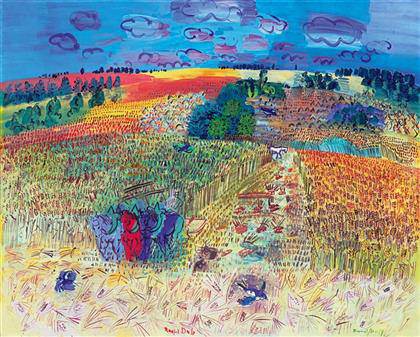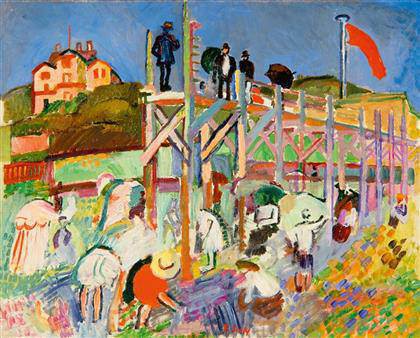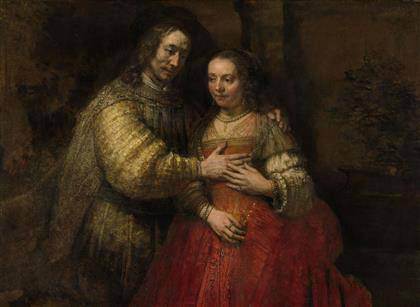
Raoul Dufy
El Campo de Trigo (Le Champ de blé), 1929
©Tate London ©Raoul Dufy / VEGAP Madrid

Raoul Dufy
Plataforma marina del Casino Marie-Christine de Sainte Adresse
L’Estacade du Casino Marie-Christine à Sainte Adresse
c.1906 Richard Ells ©ARS New York ©Raoul Dufy / VEGAP Madrid
Retrospective on Raoul Dufy at Thyssen Museum Between 17 February and 17 May 2015 the Museo Thyssen-Bornemisza holds the first major retrospective on Raoul Dufy in Madrid since the one presented at the Casa de las Alhajas in 1989.]]>
Source: Museo Thyssen-Bornemisza
The exhibition, which is benefiting from the collaboration of the Comunidadde Madrid, offers a comprehensive survey of the entire career of this French artist through93 works loaned from private collections and museums, including the Musée d’Art Modernede la Ville de Paris, the National Gallery of Art, Washington, the Art Institute of Chicago, theTate, London, and an exceptional loan of 36 works from the Centre Pompidou in Paris.Although principally featuring oil paintings, the exhibition will also include drawings andwatercolours in addition to textiles and ceramics designed by Dufy during the course of hislong and prolific career of more than half a century.
Raoul Dufy’s work possesses a complexity that has frequently gone unnoticed. His popularscenes of regattas and horse races meant that by the late 1920s critics and art historiansalready referred to his work as essentially agreeable and light-hearted. Without ignoring theexistence of an undeniably hedonistic facet in his work, the present exhibition moves awayfrom this interpretation in order to reveal the slow evolution of the artist’s particular language,his ongoing quest for new visual solutions and above all, his more introspective side.
The exhibition opens with the animated scenesof harbours and markets that Dufy painted inNormandy, as well as in Marseilles andMartigues when he visited the Midi in 1903. In1905 he moved away from these subjects,gradually lightening his palette and looseninghis brushstroke in order to depict scenes ofleisure activities in bright sunlight.While Dufy acknowledged his debt toImpressionism, he soon appreciated the needto go beyond it. He recounted how, whenpainting on the beach at Sainte-Adresse, herealised the impossibility of capturing thecontinuous changes of light: “This method ofcopying nature led me towards the infinite,towards meanders, towards the smallest andmost fleeting details. And I was left out of the painting.” While Monet, Sisley and Pissarro hadaimed to capture the impressions of the retina on their canvases, the new generation of artistsaspired to something more than mere visual satisfaction.
Dufy was impressed by Matisse’s paintings at the 1905 Salon desIndépendants. This discovery led him to change direction in hiswork: “[…] for me Impressionist realism lost all its charms when Isaw the miracle of imagination introduced into drawing andcolour. I suddenly grasped the new mechanic of painting.” Duringthe summer of 1906 Dufy fully assimilated the Fauve idiom. In hisviews of the beach at Sainte-Adresse and of the port and streetsof Le Havre decorated with flags for the 14th of July, Dufygradually abandoned a vibrating brushstroke in order to conveythe light through broad zones of colour. His palette became moreintense and he abandoned the use of black shadows, replacingthem with blue and mauve tones. The aim was no longer tofaithfully reproduce exterior reality but to offer a lyricalinterpretation of nature in order to arouse emotions throughcolour.
Related content
Cézanne Site / Non-Site – Thyssen Museum (exhibition, 2014)
Follow us on:

